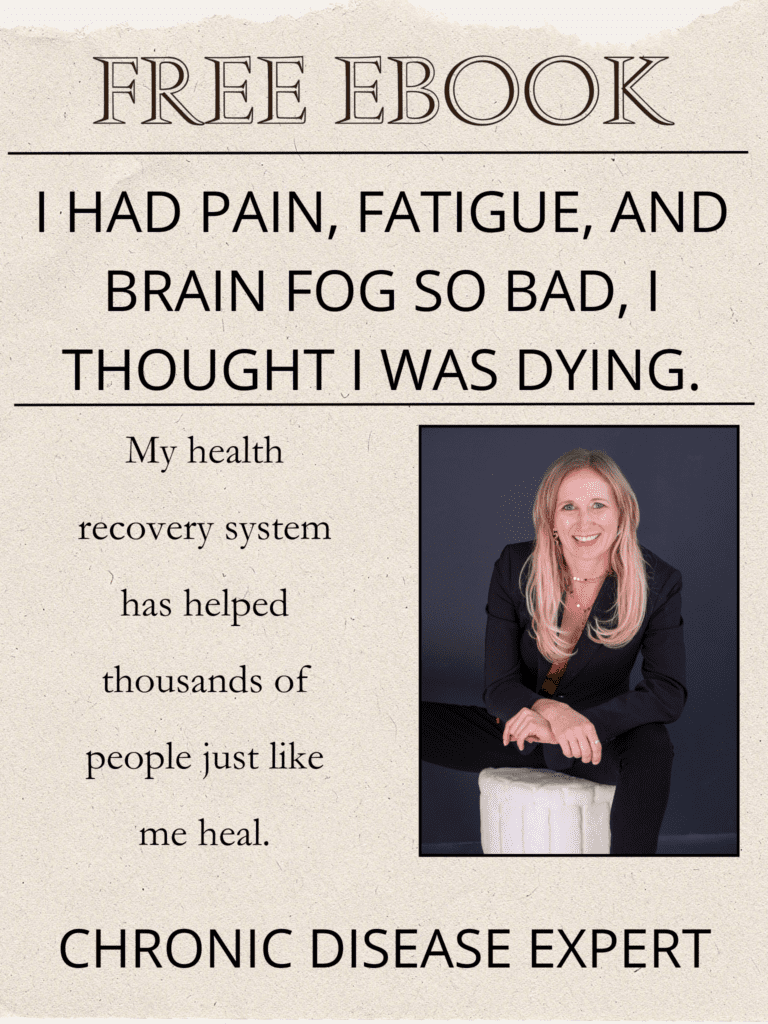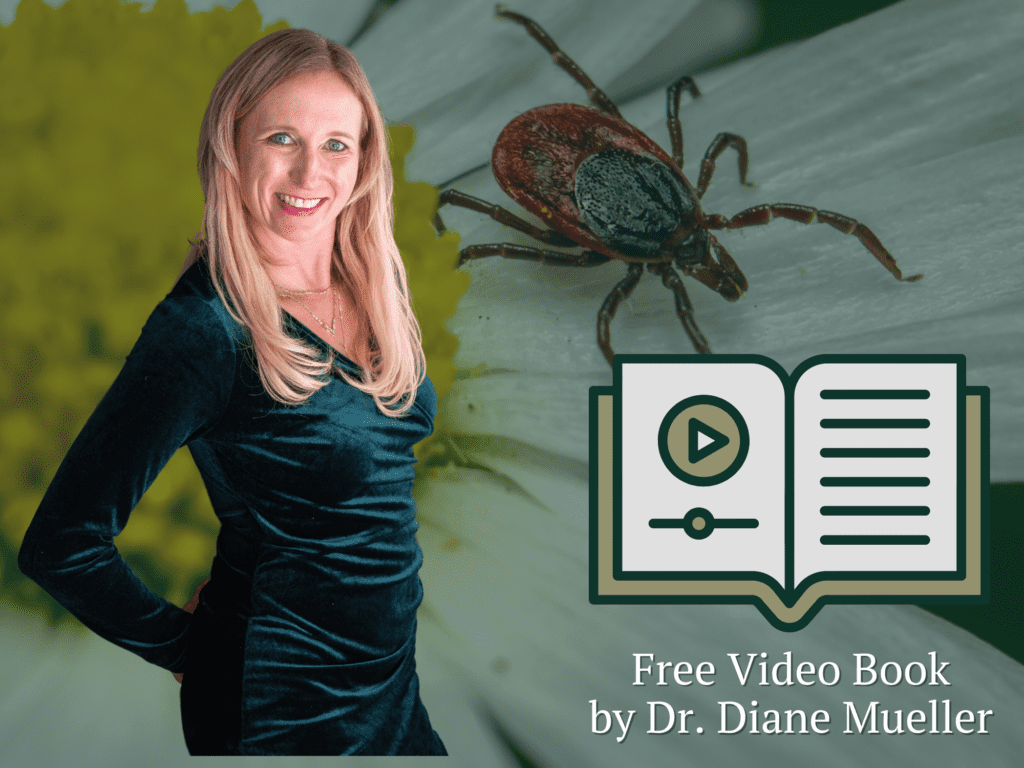

by Dr Diane Mueller – With the HERTSMI test score, you’ll gain insight into the presence of five significant molds known to affect the health of hypersensitive individuals. It’s a crucial step in identifying potential hazards in your home and could be the missing piece in understanding your health puzzle. Remember, what’s safe for most might not be safe for you; learning your personal tolerance is essential.
We have helped thousands of people restore their health and quality of life by diagnosing and treating their Mold Illness
Do you find yourself often questioning the safety of your home environment due to persistent health symptoms? If so, the HERTSMI test could be a crucial stepping stone in addressing your concerns. HERTSMI-2 is a mold test specifically designed to detect the mold spores of five significant molds from dust samples in your living space. Unlike the more comprehensive ERMI test, HERTSMI focuses on these specific types which have more severe implications for your health if you’re particularly sensitive or have been diagnosed with CIRS.
The acronym HERTSMI stands for Health Effects Roster of Type-Specific Formers of Mycotoxins and Inflammagens – Version 2. This name points to its focus on molds recognized for their potential to cause severe health issues. When it comes to practicality, the HERTSMI test offers not only medical insights but also the benefits of being more affordable and less time-intensive compared to the more extensive ERMI scores. If you’re wondering what the exact molds this test is checking for here’s the list:
With the HERTSMI test, the presence and concentration of spores from these specific molds are translated into scores that help determine the overall mold burden in your home. For those extremely sensitive or in the process of recovering from mold exposure, an ERMI score as low as 1 might be necessary to promote healing, while most people with CIRS cannot tolerate an ERMI score above 2.
You will need to listen to your body and determine which levels of mold spores are acceptable for your situation. By employing a HERTSMI test, you equip yourself with knowledge that can guide you in making informed decisions about your home’s air quality and in taking the necessary steps towards creating a healthier living environment.
The HERTSMI score serves as a fundamental indicator of the presence of specific mold spores in your environment. Each component of the HERTSMI score zeroes in on particular molds that are known for their impact on indoor air quality and potential health implications. By focusing on five critical types of mold, including Stachybotrys, the HERTSMI test provides a snapshot of the mold burden in your home or office.
These five molds represent the most sinister offenders when it comes to mold-related health problems, and your HERTSMI score directly reflects their concentrations.
You can either use or Free HERTSMI Test Calculator or go through the process by hand following the steps below after you have the measurements from a HERTSMI-2 mold test.
The following table breaks down the potential scores you might encounter:
| Mold Type | Score Range |
|---|---|
| Stachybotrys | 0-20 |
| Aspergillus penicilloides | 0-20 |
| Aspergillus versicolor | 0-20 |
| Chaetomium globosum | 0-20 |
| Wallemia sebi | 0-20 |
The aggregate of these scores gives your overall HERTSMI score. Scores range from 0, indicating a low likelihood of mold-related health issues, to 100, signaling a severe mold problem. Your HERTSMI score provides specific insight into the five toxic molds most likely to contribute to health problems, therefore allowing you to assess your indoor environment’s safety more efficiently.
Scores on the HERTSMI scale are influenced heavily by the quantity of Stachybotrys and other significant toxic molds. Let’s look at ERMI scores as well; while different from HERTSMI, they can provide additional context. Remember, these ERMI scores are a broader measure, contrasting Group 1 (bad) molds with Group 2 (good molds). Scores can range vastly, where -10 might represent excellent air quality and +20 denotes severe contamination. Those with Chronic Inflammatory Response Syndrome (CIRS) often cannot bear an ERMI over 2.
In the case of HERTSMI2, it offers a condensed view focusing on five hazardous mold types—giving you a more targeted understanding of your mold exposure. The scores here range from 0 to 20, with higher values indicating a greater concern for potential health risks.
| Score Range | Indication |
|---|---|
| 0-10 | Generally safe for most individuals |
| 11-15 | Caution may be warranted |
| 16-20 | Considered high and may require urgent remediation |
If your home or building has a high HERTSMI score, it’s an indicator that it has enough mold infestation that could make occupants sick, particularly those sensitive to mold.

When grappling with potential mold issues in your home, the HERTSMI test can be a valuable tool. Despite its focus on five specific mold spores, it holds particular importance for individuals with mold sensitivity or conditions such as Chronic Inflammatory Response Syndrome (CIRS). Unlike broader tests, HERTSMI assesses mold species closely linked with health risks, ensuring you’re aware of the most dangerous molds, like Stachybotrys, that could be lurking in your environment.
One major benefit of the test is its cost-effectiveness. Although it’s not as comprehensive as ERMI scores, which account for 36 mold types, HERTSMI2 is generally more affordable. This makes it an accessible option if you need a quick screening to determine whether a more extensive mold test is justified. It’s a targeted approach that might be all you need in certain situations.
By having a specific focus, the HERTSMI-2 mold test helps prioritize your mold remediation efforts. Suppose your test results indicate the presence of hazardous mold spores. In that case, you can efficiently allocate resources to deal with these specific issues first, as they pose the greatest risk to your health. Acting on HERTSMI test results can mitigate serious health risks before they exacerbate.
Another key advantage is simply the ease of use. You can administer the test using a straightforward process involving a dust cloth, PPE gloves, and a preaddressed envelope for sending your sample to the lab. Plus, with professionals like mr natural environmental group offering the test, you have support for both conducting the test and interpreting the results, including a unique scoring system that can be easily understood and acted upon.
Finally, for those with CIRS, the HERTSMI test aligns closely with lab results and thus is suggested by experts for its ability to sequentially activate innate immune responses, unlike standard air testing. This specific response can be critical in diagnosing and managing conditions associated with mold exposure.
When considering a mold test to assess your indoor environment, you’re likely to encounter the HERTSMI test. While this test offers valuable insights by detecting specific mold spores, it’s crucial to understand its limitations. Unlike the more comprehensive ERMI test, which evaluates 36 mold species, HERTSMI2 focuses on only five, potentially missing a wide array of molds that could be affecting your health.
Using the HERTSMI test, you’re looking at a more focused picture; It’s centered around five types of mold, including notorious species like Stachybotrys (black mold). Despite being significant indicators of water damage and health risks, these five molds aren’t the sole culprits. There are other mold species, not accounted for by HERTSMI2, that can be just as detrimental to your well-being. The selected molds do not necessarily provide a full representation of the moldiness in your environment, which could be essential in identifying a potential mold issue.
The affordability of HERTSMI might appeal to your budget, but it’s a trade-off with its breadth of data. ERMI scores, on the other hand, can offer a more detailed assessment of your indoor air quality. This encompasses a broader variety of mold species, which could be critical for a more accurate evaluation.
Additionally, while the HERTSMI test aligns with lab results related to sequential activation of innate immune responses, which is significant for conditions such as CIRS, its limited scope might not offer enough information for a conclusive diagnosis. Understanding that ERMI and HERTSMI are the only tests associated with these specific immune responses underlines the importance of a comprehensive approach to testing.
In choosing between HERTSMI and ERMI, consider the extent of the information you need. If you’re in the initial phases of mold investigation, or if you have health concerns that necessitate a broader scope of detection, ERMI might be a more suitable option despite the higher cost. Remember that a thorough examination of your indoor environment’s air quality is crucial for your health and peace of mind.
When considering the air quality within your home, it’s important not to rely solely on the HERTSMI test. Though valuable for detecting certain mold spores, it has its limitations. If you’re concerned about the broader spectrum of indoor air contaminants, exploring alternative testing methods may give you a more comprehensive assessment.
One prominent alternative is the Environmental Relative Moldiness Index (ERMI). Developed by the U.S. Environmental Protection Authority, the ERMI test provides a more extensive evaluation compared to HERTSMI2, analyzing a wide array of mold species. It operates on a standardized scale, assessing mold contamination levels by examining a dust sample from the home using mold-specific quantitative polymerase chain reaction (MSQPCR) methodology.
ERMI scores are the result of comparing your home’s mold levels against a national database. This comparison helps to position your indoor mold levels relative to a broader context, which can be instrumental in understanding how your comfortable abode scales in terms of overall moldiness.
| Mold Test Type | Specimens Analyzed | Method Used | Mold Species Detected | Scale Reference |
|---|---|---|---|---|
| HERTSMI | 5 | DNA-based MSQPCR | Specific mold spores | Limited mold species |
| ERMI | 36 | DNA-based MSQPCR | Wide array of species | National Database Comparison |
While HERTSMI focuses on particular species like Stachybotrys, more commonly known as “black mold,” ERMI scores reflect a wider range of indoor contaminants, thus providing a more balanced understanding of your indoor air quality.
Since there are numerous potential contributors to compromised air quality, including various chemicals and volatile organic compounds beyond just mold, it may be beneficial to engage an Indoor Environmental Professional (IEP). These specialists can comprehensively evaluate your living space, from air handlers and ductwork to crawlspaces, and provide targeted recommendations.
Remember, while mold tests can offer significant insights into your home’s environment, they’re just one part of a broader strategy to ensure the air you breathe is healthy and free from excessive pollutants.
You’ve explored the HERTSMI test’s capabilities and its limitations in assessing mold presence in your home. Remember, it’s just one piece of the puzzle. To get a clearer picture of your indoor air quality, consider the ERMI test for a broader analysis. Don’t forget the value of a professional’s touch—an Indoor Environmental Professional can offer expert advice tailored to your situation. Armed with the right information and resources, you’re well on your way to ensuring your living environment is as healthy as it can be.
References:
Kraft, S., Buchenauer, L., & Polte, T. (2021). Mold, Mycotoxins and a Dysregulated Immune System: A Combination of Concern? International Journal of Molecular Sciences, 22(22), 12269.

We have helped thousands of
people restore their health
and quality of life by diagnosing
and treating their Lyme Disease.
“Dr. Mueller’s approach to medicine is refreshing! There is only so much you can do with western medicine and in my life I was needing a new approach. By addressing the whole body, nutritional diet factors, environmental factors, blood work, and incorporating ideas I had not previously known, I was able to break through with my conditions. I am not only experiencing less pain in my life, but through the process of healing guided by Dr. Diane Mueller, I am now happy to say I have more consciousness surrounding how I eat, what to eat and when things are appropriate. Living by example Dr. Mueller has a vibrancy that makes you want to learn and know more about your body and overall health. I highly recommend her to anyone looking for new answers, a new approach to health, or in need of freedom from pain and limitations.”
-Storie S.
Kihei, HI
